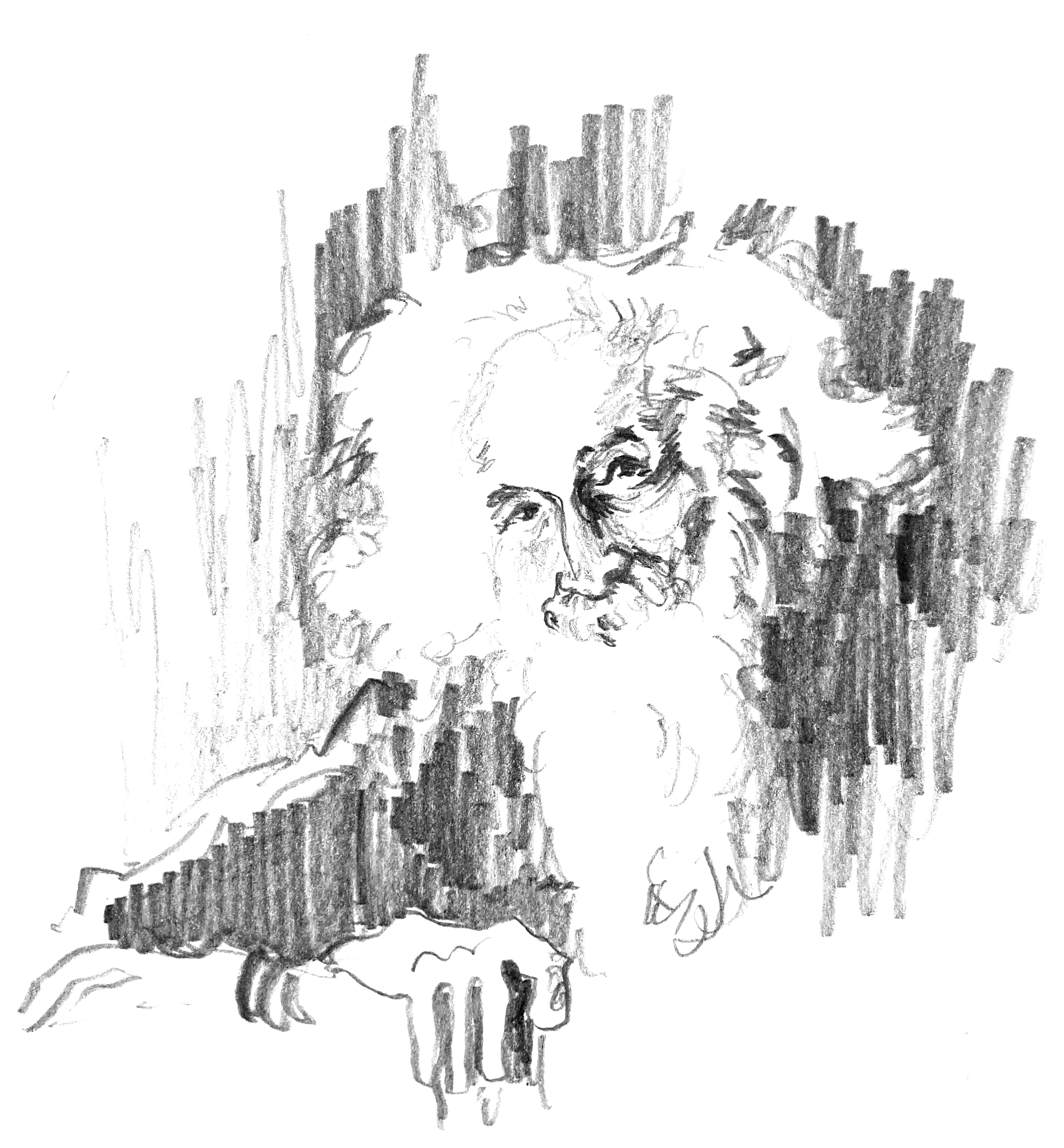back
In The Poetics of Space, Gaston Bachelard discusses the image of the house in relation to his conception of ‘the poetic,’ and positions ‘home’ as being both a physical space which comes to define a lifelong relation to spatiality, and a poetry-laden, dynamic arena in which dreaming becomes possible. In his foreword to the 1994 edition, John R. Stilgoe writes:
Bachelard reveals time after time that setting is more than scene in works of art, that it is often the armature around which the work revolves. He elevates setting to its rightful place alongside character and plot and offers readers a new angle of vision that reshapes any understanding of great paintings and novels, and folktales too. His is a work of genuine topophilia.
Early in the book, Bachelard states his belief that “all really inhabited space bears the essence of the notion of home.” Can we then say that all uninhabited space bears the essence of the unhomely, or the ‘unheimlich’? When we see the image of the painted background – no characters, its rooms and corridors and corners empty, a landscape abandoned – what is our relation to this kind of visual geography? There is, we can admit, an element of the unsettling at play; the already skewed and warped perspectives, the spaces left empty where they should be filled, become that much more obvious without the movement of character and action which might otherwise distract us. But I would contend that these images also extend to us, in those moments, an invitation: without necessarily intending to, we come to inhabit the space which is left open to us, and we bring into this new environment our own reservoir of experience. Bachelard explains, via an exploration of the corner and the corner dweller, this inclination to fill spatial gaps:
To great dreamers of corners and holes nothing is ever empty, the dialectics of full and empty only correspond to two geometrical non-realities. The function of inhabiting constitutes the link between full and empty. A living creature fills an empty refuge, images inhabit, and all corners are haunted, if not inhabited.
The empty background becomes a refuge, then; a place which we can return to and in which we find not only our own past but also the pasts of others, with enough empty space to move and change perspective. “At times,” Bachelard writes, “we think we know ourselves in time, when all we know is a sequence of fixations in the spaces of the being's stability – a being who does not want to melt away.” We do not want to melt away, and some part of us – the part which moves and lives in these backgrounds as if they were, or could be, a home – does not want these images to melt away either, and leave us without space in which to dream.
next
